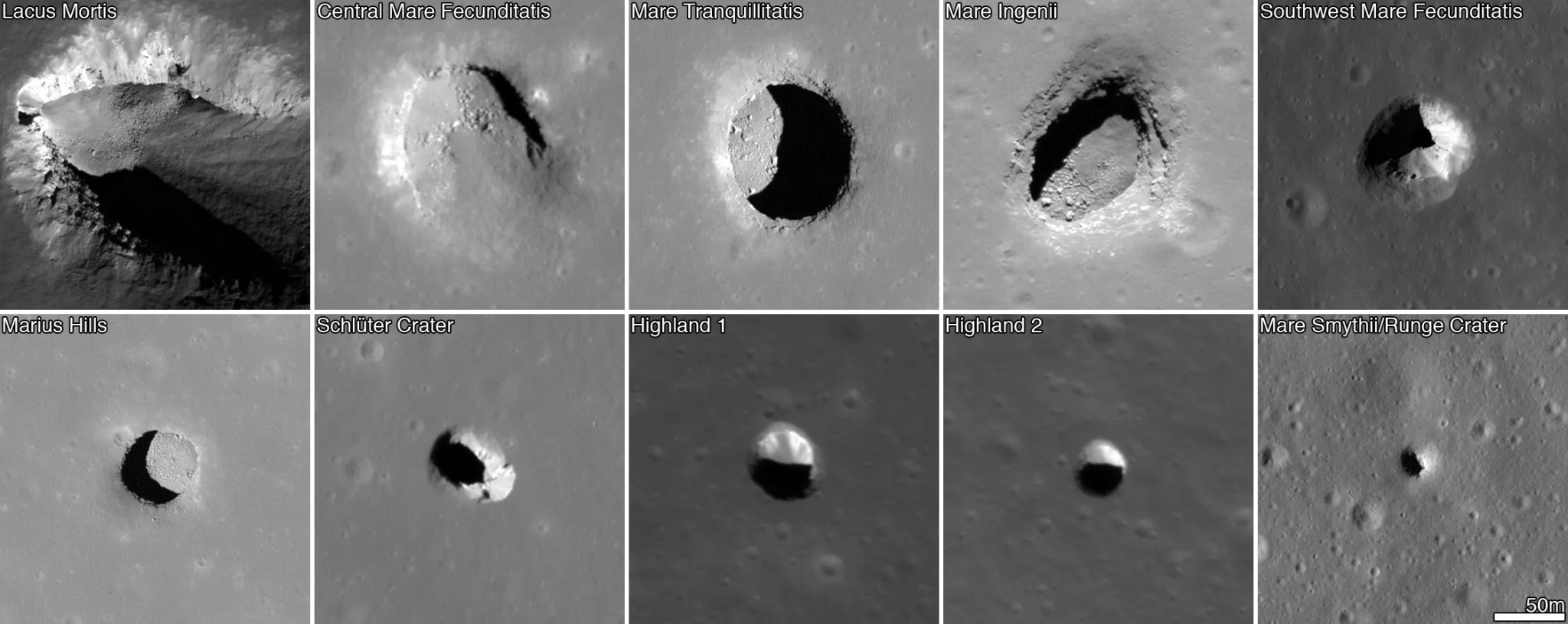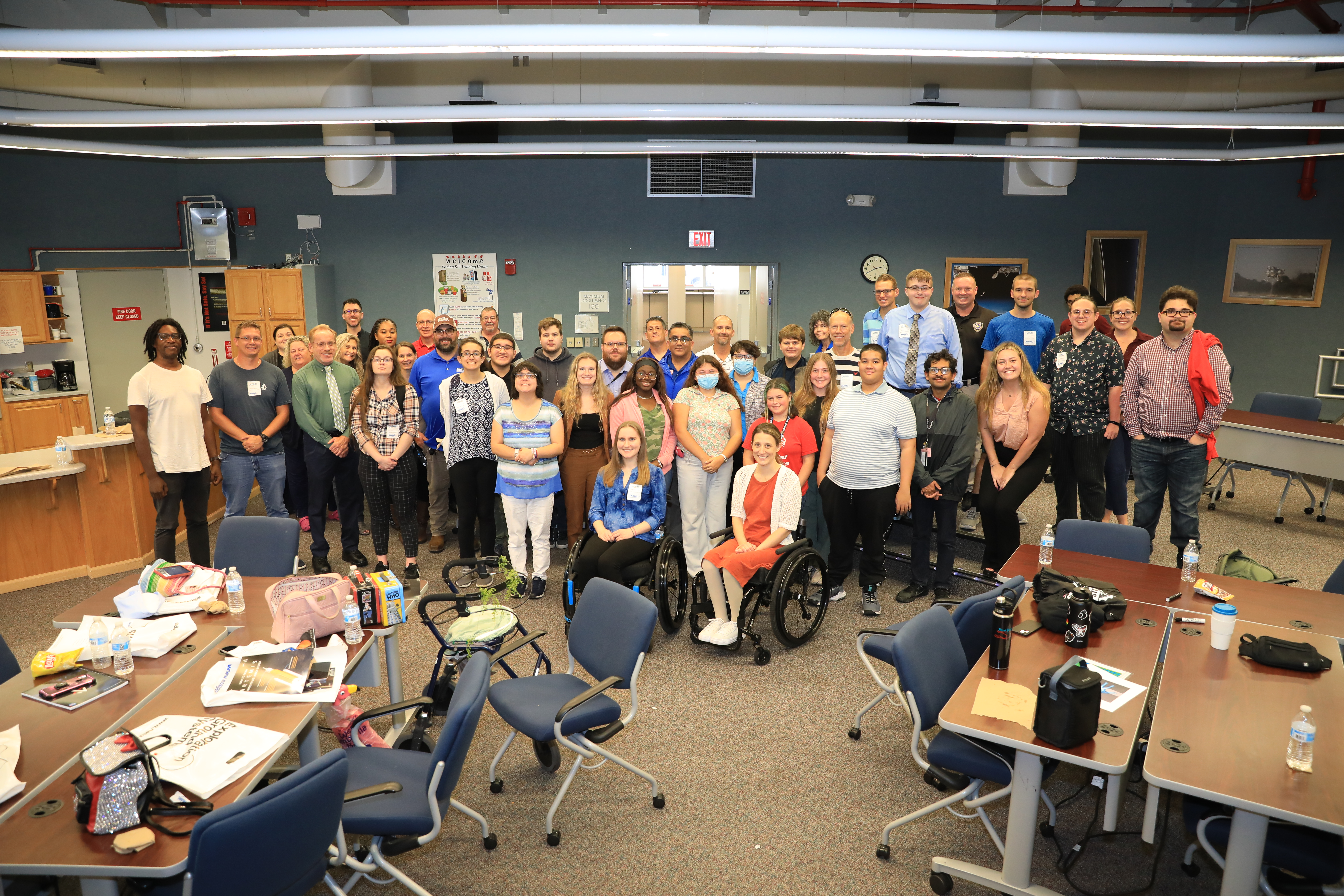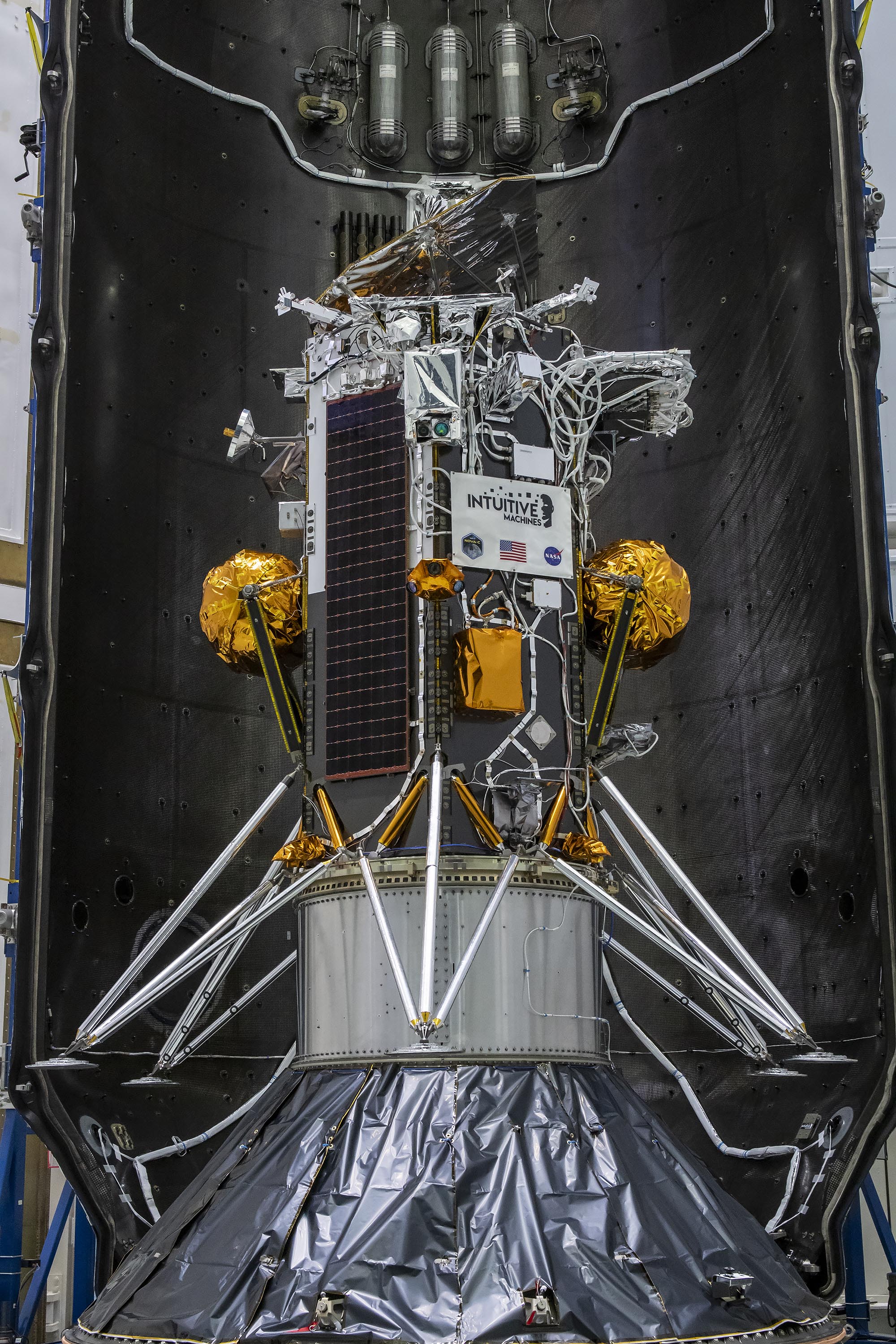New Evidence Adds to Findings Hinting at Network of Caves on Moon
An international team of scientists using data from NASA’s LRO (Lunar Reconnaissance Orbiter) has discovered evidence of caves beneath the Moon’s surface.

An international team of scientists using data from NASA’s LRO (Lunar Reconnaissance Orbiter) has discovered evidence of caves beneath the Moon’s surface.
In re-analyzing radar data collected by LRO’s Mini-RF (Miniature Radio-Frequency) instrument in 2010, the team found evidence of a cave extending more than 200 feet from the base of a pit. The pit is located 230 miles northeast of the first human landing site on the Moon in Mare Tranquillitatis. The full extent of the cave is unknown, but it could stretch for miles beneath the mare.
Scientists have suspected for decades that there are subsurface caves on the Moon, just like there are on Earth. Pits that may lead to caves were suggested in images from NASA’s lunar orbiters that mapped the Moon’s surface before NASA’s Apollo human landings. A pit was then confirmed in 2009 from images taken by JAXA’s (Japan Aerospace Exploration Agency) Kaguya orbiter, and many have since been found across the Moon through images and thermal measurements of the surface taken by LRO.
NASA’s LRO Finds Lunar Pits Harbor Comfortable Temperatures
“Now the analysis of the Mini-RF radar data tells us how far these caves might extend,” said Noah Petro, LRO project scientist based at NASA’s Goddard Space Flight Center in Greenbelt, Maryland.
Lunar Pits Could Shelter Astronauts, Reveal Details of How ‘Man in the Moon’ Formed
Like “lava tubes” found here on Earth, scientists suspect that lunar caves formed when molten lava flowed beneath a field of cooled lava, or a crust formed over a river of lava, leaving a long, hollow tunnel. If the ceiling of a solidified lava tube collapses, it opens a pit, like a skylight, that can lead into the rest of the cave-like tube.
Mini-RF is operated by The Johns Hopkins Applied Physics Laboratory in Laurel, Maryland. LRO is managed by NASA’s Goddard Space Flight Center in Greenbelt, Maryland, for the Science Mission Directorate at NASA Headquarters in Washington. Launched on June 18, 2009, LRO has collected a treasure trove of data with its seven powerful instruments, making an invaluable contribution to our knowledge about the Moon. NASA is returning to the Moon with commercial and international partners to expand human presence in space and bring back new knowledge and opportunities.
NASA’s Goddard Space Flight Center, Greenbelt, Md.





































